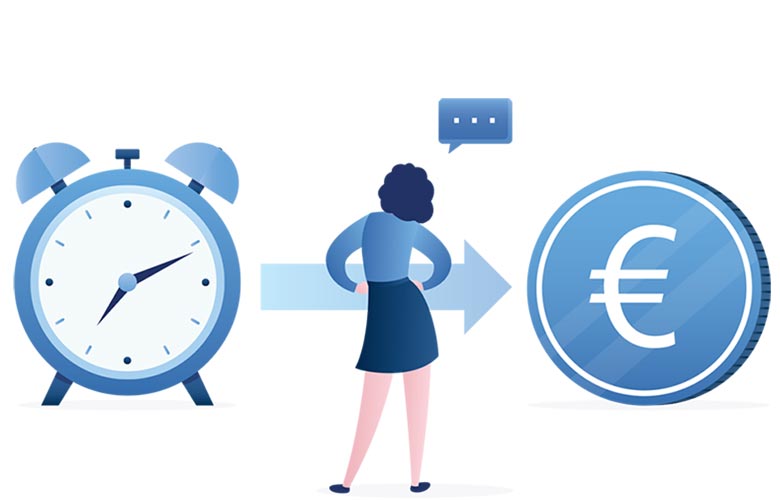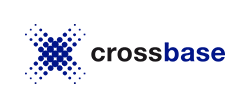
PIM and MAM Fully integrated vs. connected media asset management

Media asset databases have been used in marketing since the 90s to manage the countless image files. These systems have also been used to manage documents and videos, in principle all types of files. The term media asset database is no longer commonly used today; instead, we speak of MAM (media asset management) or DAM (digital asset management). In any case, MAM/DAM is crucial in the context of PIM, as photos, graphics, drawings, documents and videos are a key component of product information.
Use of a third-party system or fully integrated MAM/DAM?
Both options have their advantages and disadvantages. The company can make the best possible decision by weighing up the advantages and disadvantages in the context of its needs.
Fully integrated systems have the advantage that operation is standardized, making the interface easy to learn for the user. As integration already takes place at the data level, data consistency is 100% guaranteed. Third-party systems, on the other hand, have the advantage that they can concentrate fully on their field and therefore offer the widest range of functions ("best of breed").
Third-party systems have the disadvantage that they have to be connected to the PIM via an interface. Of course, this is technically easy to do at application level. Conceptually, however, it must always be defined which data is managed in which system (so-called data sovereignty). Splitting data sovereignty between two systems naturally leads to frictional losses because, for example, importing or converting and editing a file is only possible in the third-party system, while assigning it to products or categories is only possible in the PIM. Switching between the PIM and MAM applications is therefore constantly necessary. Furthermore, from a technical point of view, an interface always involves additional effort and, in the event of updates or problems, coordination on both sides is also always necessary.
Incidentally, it is often not entirely obvious at first glance whether the MAM is integrated or integrated as a third-party system. If you are not sure, it helps to ask whether it is sufficient to install 1 database system or whether 2 database systems are required. Two database systems means that a third-party system is integrated.
Typical MAM/DAM functions
If there are functions that are a must-have and that the fully integrated MAM cannot provide, then there is no way around a third-party system anyway. The following is a list of functions for typical requirements that should be considered as use cases for this:
Conclusion
It hardly needs to be said that a fully integrated system is the simplest and most efficient. Whether it is really effective in terms of functionality must be checked against the individual requirements list. If there are must-have requirements that the integrated MAM cannot deliver, the benefits must be weighed up.
Incidentally, if you are not starting from scratch and already have a well-established and well-maintained MAM system, this must of course be taken into account. Of course, porting and data migration means effort and can also be an argument for continuing to use the third-party system.
I think you can make the right decision with this roadmap and these tips. And to take away some of your worries: As soon as you use a MAM, whether integrated or as a third-party system, you will have done most of the work and will be in a good position to make a new decision in one direction or another.

Thomas Kern is Managing Director and founder of crossbase. He came up with the idea for the software and has more than 25 years of experience in PIM, MAM, print, e-commerce and everything that goes with it. As a mechanical engineer specializing in applied computer science, he can therefore provide our customers from industry with comprehensive advice.
He also advises new customers on the introduction of crossbase and is responsible for project management. His main areas of expertise in the projects are analysis, data model and ERP interface.
He also shares this knowledge with you in our blog and is happy to answer your questions:
t.kern@crossbase.de
I look forward to a personal consultation with you.
Call now +49 7031 9881-770
or send me a message
Herby Tessadri
Sales Manager and Authorized Signatory

